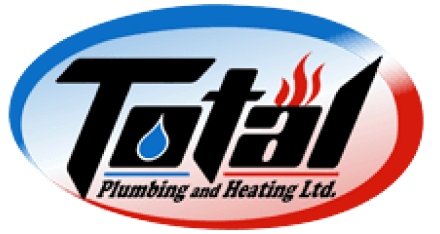How to Test Water Pressure at Home

No one wants a low water pressure situation in their home. Trickling showerheads and faucets cause lacklustre showers and can make filling the sink for dishes a chore in and of itself. While you do not want low pressure, high water pressure can end up damaging your plumbing and lead to costly fixes. The same way you check your indoor air quality and monitor your CO2 levels you should be making sure that your water pressure is in a safe range.
Why You Should Test
A majority of people only notice a water pressure problem when it becomes low. Trickling faucets are frustrating to deal with and are easy to spot. High water pressure can be trickier to spot, and some people enjoy high-pressure showers so would rather not fix the problem. This is a case of too much of a good thing, however, as you can end up with damaged pipes. You can end up harming your water heater, appliances, faucets, and have blowouts in flex lines and machine washing hoses. High-pressure water can even flood your home.
How to Test Your Home Water Pressure
You need a small, simple tool to test your water pressure – an inexpensive pressure gauge. These can be purchased at any home improvement store or hardware stores. Make sure that it can measure up to 300 psi. To install this pressure gauge turn the water inside and outside your home off. Turn off all appliances that use water including refrigerator ice makers and turn off all faucets. Hook up the gauge to a faucet outside your house. Open the faucet and if any water leaks out then turn the water off and tighten the gauge until no water leaks. Leaky water will cause a bad reading. The gauge will tell you what your psi is. The optimal range for psi is between 45 and 55 psi, but the pressure should not be below 45 or over 80. If it is over 80, you could end up having a flood due to high water pressure.
What to Do
If your water pressure is too low, then you can adjust the screw on your pressure regulator if you have one to allow more flow. You can also install a pressure booster that helps improve flow when someone opens a faucet.
If your water pressure is too high, then you can install a pressure regulator. If you have a pressure regulator and it is still too pressurized, then it may have failed. In this case, consider replacing it. Do not set the maximum flow to be any higher than 75 psi on your pressure regulator.
Water Pressure Fix with Total Plumbing and Heating
If you have issues with your water pressure and do not know where to start, contact the team at Total Plumbing and Heating. We can test your home’s water pressure and install the correct regulator to adjust it to optimal levels. We also are furnace and heating experts so if you need furnace repair in Edmonton we need to be your first call. Contact us today!




